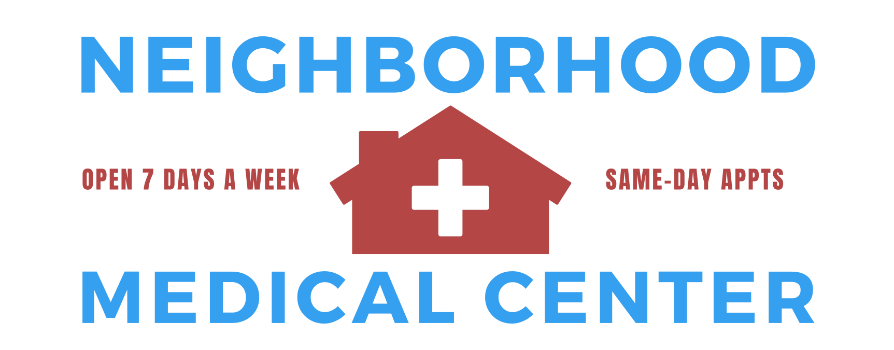Did you know about 25% of ER visits are for injuries that can be treated at home? Knowing how to manage common injuries like sprains, fractures, and bleeding wounds can speed recovery and improve outcomes. In this guide, you’ll learn practical tips—including the R.I.C.E. method—and when to seek professional care. For expert guidance, Dr. Martin McElya at Neighborhood Medical Center in Dallas is here to help you navigate injury care safely.
Understanding Common Injuries
Injuries can occur without a moment's notice. Understanding the type of injury you've sustained is crucial for effective home care. Here are some common types:
Sprains
A sprain is an injury to a ligament, the tissues connecting bones at a joint. Symptoms often include swelling, bruising, and pain, particularly when using the affected joint.
Fractures
A fracture occurs when a bone breaks, potentially leading to severe pain, swelling, and bruising. In some cases, the bone may protrude through the skin, necessitating immediate medical attention.
Cuts and Wounds
Cuts and wounds can vary in severity. While minor cuts might only require cleaning and a bandage, deeper wounds can necessitate stitches and more extensive care.
---
Immediate Steps for Care
When faced with an injury, knowing what to do in the first moments can alleviate pain and promote healing. Here are some suggestions from Dr. McElya and the team at Neighborhood Medical Center:
Rest: Avoid weight on the injured area.
Ice: Apply ice wrapped in cloth for 15-20 minutes every hour (first 48 hours).
Compression: Use a bandage to reduce swelling, not too tight.
Elevation: Keep the injury above heart level to minimize swelling.
2. Managing a Fracture:
Immobilize: Stabilize with a splint or pillow; don’t realign the bone.
Ice: Apply ice to reduce swelling.
Seek Care: Get professional medical evaluation promptly.
3. Handling Cuts and Wounds:
Control Bleeding: Apply firm pressure with clean cloth/gauze.
Clean: Wash gently with soap and water (avoid alcohol/hydrogen peroxide).
Protect: Cover with a sterile bandage.
Monitor: Watch for signs of infection (redness, pain, discharge).
The Importance of Seeking Professional Help
It can sometimes be difficult to determine when home care is insufficient. Here are signs you should see a healthcare provider, such as Dr. McElya:
- Increased Pain: If pain worsens or does not improve with rest, ice, and over-the-counter pain medications.
- Visible Deformity: If the area appears out of alignment or abnormal, seek assistance.
- Signs of Infection: If your wound becomes increasingly red, swollen, or produces pus, medical evaluation is crucial.
- Inability to Move: If you cannot move the affected area or use weight-bearing functions, it’s time to consult a professional.
Final Tips for Injury Care
- Stay Calm: Panic can worsen the situation. Take deep breaths and focus on the necessary steps to care for your injury.
- Hydration: Drink plenty of fluids to aid recovery.
- Avoid Heavy Activities: Keep your routine light while healing, and allow ample time for recovery.
- Follow Up: If treated for an injury, remember to follow up with your clinician to monitor recovery and rehabilitation, if needed.
---
Where Do We Go From Here?
In summary, knowing how to properly care for injuries like sprains, fractures, and cuts before professional help arrives can greatly improve your recovery. Using techniques such as R.I.C.E. and safe wound care can reduce pain and support healing. If you’re injured, trust Dr. Martin McElya and the team at Neighborhood Medical Center in Dallas for expert guidance and personalized care to keep you safe and on the path to wellness.

